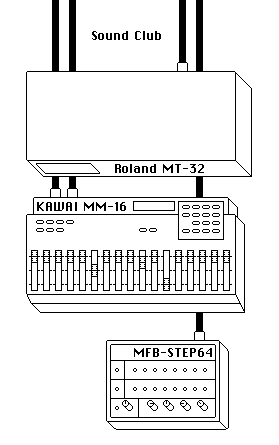"What muffins do you have?"
"Corn, with chocolate chips; banana nut, with chocolate chips; apple cinnamon, with chocolate chips, and carrot raisin, with chocolate chips."
"Do you have any without chocolate chips?"
"No, I guess not."
"Scones?"
"They all have chocolate chips."
Another customer chimes in, "I'll have your chocolate chips--I love'em."
(apologies to Monty Python and Spam)

